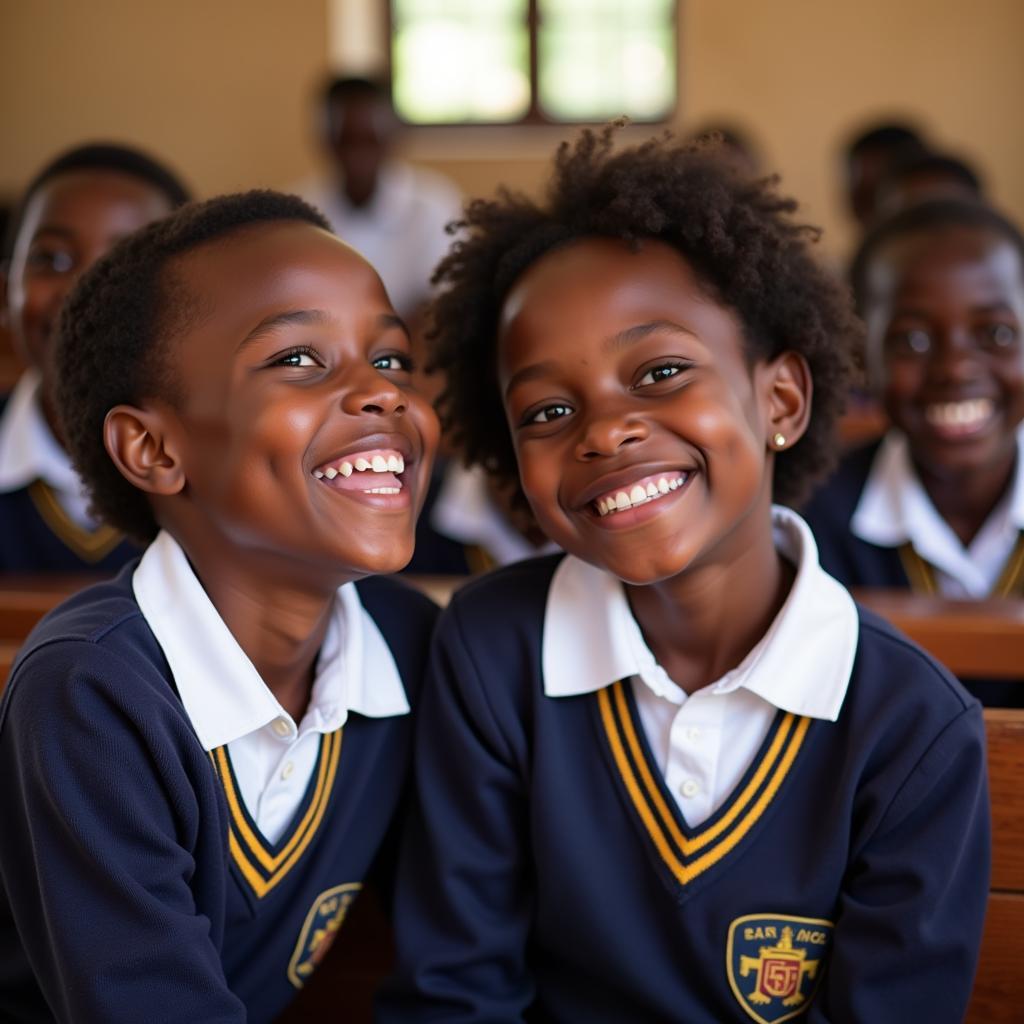African Clergy Robes: A Rich Tapestry of Faith and Tradition
African Clergy Robes, often referred to as cassocks or vestments, are an integral part of religious practices across the continent. Beyond their practical function of covering the body, these garments embody a rich tapestry of cultural, spiritual, and historical significance. From the vibrant colors and intricate designs to the materials and symbolism, African clergy robes offer a window into the diverse religious traditions that have shaped the continent for centuries.
A Glimpse into Cultural Diversity
African clergy robes reflect the continent’s extraordinary diversity in religious beliefs and practices. Each religious group, whether Christian, Muslim, or traditional, has its own distinctive styles and customs associated with the robes worn by their clergy. For example, Christian churches in Africa often adopt a blend of traditional African aesthetics and Western liturgical practices, resulting in unique robes that reflect the local culture.
Understanding the Symbolism
“The colors, patterns, and materials used in African clergy robes often carry profound symbolic meaning,” explains Dr. Amina Mbiti, a renowned scholar of African religions. “These symbols are not merely decorative elements but serve as visual reminders of the wearer’s faith and the spiritual messages they convey.”
For instance, the color red in many African cultures is associated with royalty, sacrifice, and the blood of Christ. Similarly, white often represents purity, light, and the divine. These symbolic meanings are embedded in the design and colors of the robes, adding a layer of depth and meaning to their significance.
Weaving Tradition into the Fabric
The materials used in African clergy robes also hold cultural relevance. Many African communities are known for their skilled artisanship and use of natural materials. For instance, robes may be crafted from hand-woven fabrics like kente cloth in Ghana or bogolanfini in Mali, showcasing the intricate techniques and artistic traditions passed down through generations.
The Evolution of Styles
Over time, African clergy robes have evolved to reflect the changing social and religious landscapes of the continent. While traditional designs and materials continue to hold relevance, contemporary interpretations are also emerging.
“In recent decades, we’ve seen a growing trend of incorporating modern elements into the design of African clergy robes,” notes Pastor John Kinyanjui, a leading clergyman in Kenya. “This reflects the ongoing dialogue between traditional values and contemporary realities within African Christianity.”
This evolution is evident in the use of new fabrics, embellishments, and even the introduction of contemporary patterns and motifs. These changes showcase the dynamic nature of African religious practices and the ability of traditions to adapt to modern times while still honoring their roots.
Beyond the Robes: A Deeper Connection
African clergy robes serve as a tangible representation of faith and tradition, but they also hold a deeper cultural significance. They are a source of pride and identity for many communities, connecting them to their heritage and providing a visual expression of their spiritual beliefs.
The robes are often worn during religious ceremonies, festivals, and community gatherings, strengthening the bonds between members and reaffirming their shared values and beliefs.
Exploring the Diverse Expressions
“African clergy robes offer a fascinating lens through which to understand the rich tapestry of religious expressions across the continent,” says Dr. Mbiti. “Each robe tells a story, reflecting the unique history, culture, and spiritual journey of the wearer and their community.”
From the colorful embroidery of Ethiopian Coptic priests to the flowing white robes of Islamic scholars in North Africa, the diversity of African clergy robes is a testament to the richness and complexity of the continent’s religious landscape.
Conclusion
African clergy robes are more than just garments; they are embodiments of faith, tradition, and cultural identity. Their vibrant colors, intricate designs, and symbolic significance offer a captivating glimpse into the multifaceted religious landscape of Africa. By understanding the cultural context and symbolism embedded within these robes, we gain a deeper appreciation for the rich heritage and enduring traditions of the continent.



